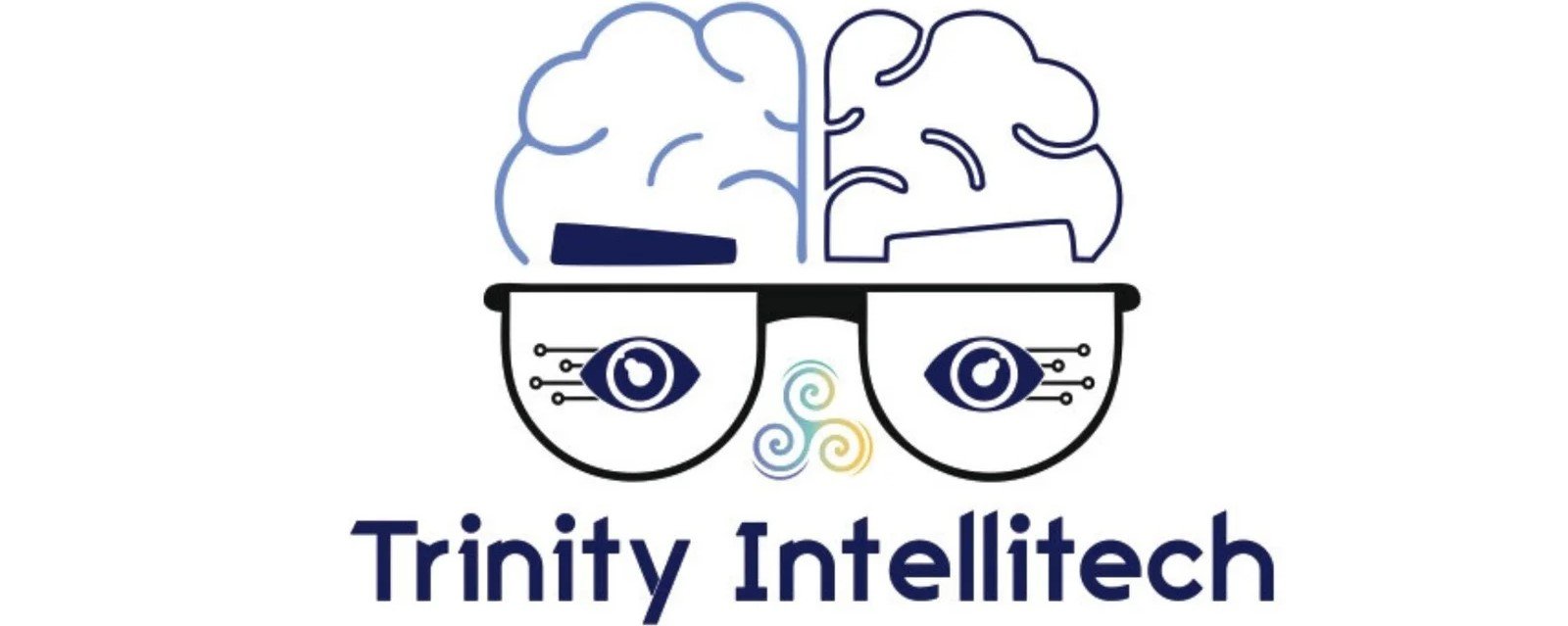Learn about the advantages of hands-on learning in tech education and its role in preparing students for real-world challenges. This blog discusses the impact of practical experience on skill development, job readiness, and overall learning outcomes in the field of technology.

Hands-on learning plays a pivotal role in shaping the educational experience of aspiring tech professionals, offering practical skills and real-world applications that go beyond traditional classroom instruction. In the dynamic field of technology, where innovation drives progress, hands-on learning bridges the gap between theory and practice, equipping students with the expertise needed to thrive in today’s competitive job market.
- Enhanced Retention and Understanding: Hands-on learning promotes active engagement and deeper understanding of complex concepts. By applying theoretical knowledge to practical projects, students reinforce their learning through experimentation and problem-solving, fostering a more profound grasp of technical principles.
- Real-World Application: Practical experience allows students to experience firsthand the challenges and nuances of implementing technology solutions. From coding and debugging to designing user interfaces and optimizing databases, hands-on projects simulate real-world scenarios, preparing students for the demands of professional environments.
- Skill Development: Hands-on learning cultivates a diverse skill set essential for success in tech careers. Beyond technical proficiency, students develop critical thinking, collaboration, and communication skills as they work in teams to tackle project challenges and deliver solutions that meet industry standards.
- Preparation for Industry Demands: Employers increasingly value candidates with practical experience and the ability to apply theoretical knowledge in practical settings. Hands-on learning provides students with a competitive edge by demonstrating their readiness to contribute effectively from day one in diverse tech roles.
- Adaptability and Innovation: Tech landscapes evolve rapidly, requiring professionals to adapt quickly to new technologies and trends. Hands-on learning fosters adaptability by encouraging continuous exploration and experimentation, empowering students to innovate and stay ahead in an ever-changing industry.
- Career Readiness: Practical projects and hands-on experiences build confidence and competence, preparing students to navigate job interviews, showcase their skills through portfolios, and demonstrate their ability to add value to potential employers.
- Personalized Learning Experience: Hands-on projects can be tailored to individual interests and career goals, allowing students to explore specialized areas of tech education such as web development, cybersecurity, data science, and more. This personalized approach enhances motivation and engagement, leading to greater learning outcomes.
- Lifetime Learning and Growth: Hands-on learning instills a passion for lifelong learning in tech professionals, encouraging them to stay curious, explore emerging technologies, and pursue continuous professional development throughout their careers.
By integrating hands-on learning into tech education, institutions empower students to become versatile, resourceful, and innovative problem-solvers equipped to make meaningful contributions in the global tech ecosystem. Whether pursuing academic studies, professional certifications, or self-directed learning, the benefits of hands-on learning in tech education are transformative, shaping the next generation of tech leaders and innovators.
